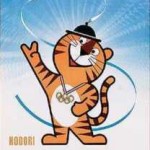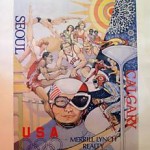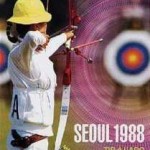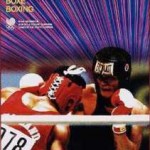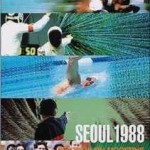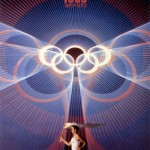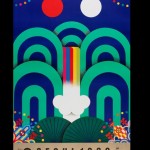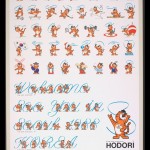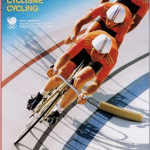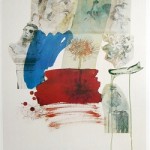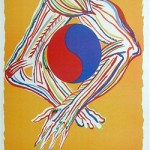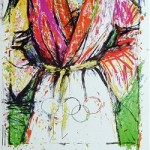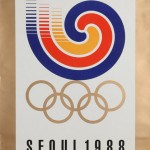Author Archives: admin
Poster von der Olympiade in Seoul 1988
Bald ist die Olympiade in London, daher dachte ich mir passt es mal ganz gut sich die Poster der 1988 Seoul Olympics anzuschauen. Viel spass.
K-Pop Alarm: DJ DOC – I’m A Guy Like This (Shake it!)
Wunderschöne Bilder aus der Joseon Dynasty
Typisch koreanisch? Oder typisch Mann?
Korean Kinship Terms – Part 2 (Parents, Grandparents, Uncles and Aunts)
Eines der kompliziertesten dinge an der koreanischen Sprache, die Verwandschaftsverhältnisse.
Bargeldlos in Korea
Weitere Informationen findet ihr auf unserer Website: http://
Er hat den Rhytmus raus
Jinro soju is the world’s best-selling liquor
It’s official: Jinro soju is the world’s best-selling liquor
Which makes Korea the world’s drinking capital, obviously
By Max Kim
 The most popular bottle in the world.
The most popular bottle in the world.The numbers
Jinro soju’s landslide victory over a long roll of better-known global liquor giants might be something of a shock: the local Korean distilled rice liquor manufacturer outsold runner-up Smirnoff vodka more than twofold, the latter falling considerably short with 24.70 million cases sold.
Lotte Liquor soju was third on the list, at 23.9 million cases.

Most popular unknown liquor in the world
So what do Jinro’s eyebrow-arching numbers mean, especially considering that most people outside of Asia have never heard of the drink, let alone the brand?
“As you know, there aren’t that many spirits with medium-level alcohol content,” said a Hite-Jinro representative. “That, along with the fact that Jinro’s Chamisul soju is a moderate 19 percent alcohol by volume, explains how Jinro has already made a name for itself by being substantially cheaper than other liquors.”
A bottle of soju costs around ₩1,450 (a little more than US$1) at convenience stores and around ₩3,500 (around US$3) at restaurants and bars.
The conclusion might be that the weaker and cheaper the alcohol, the better it sells — in Korea, anyway.
That and the fact that Koreans drink a lot.
Pricing aside, soju’s explosive popularity is also mind-boggling when you take the actual taste into consideration.
“Soju tastes like rubbing alcohol,” said one foreigner who declined to give his name. “I don’t know how Koreans drink it.”
Also on CNNGo: Asia’s most sinful cities
Where to try it
Forget the fancy soju-based cocktails at Seoul’s five-star luxury hotels.
To drink soju like a local, you need to head to a tent, whether it’s an actual orange tarp or a modernized version with “booking” — single-sex groups scoping out other single-sex groups and combining parties on the spot.
Here’s where to try the world’s best-selling liquor.
Hanshin Pocha (한신포차), 407-23 Seogyo-dong, Mapo-gu, Seoul (서울시 마포구 서교동 407-23); +82 2 3143 0410
Shim Bbongs (심뽕스), 663-23 Sinsa-dong, Gangnam-gu, Seoul (서울특별시 강남구 신사동 663-23 ); +82 2 541 0270
Also on CNNGo: 5 best makgeolli bars in Seoul
Ungewöhnliche Eissorten
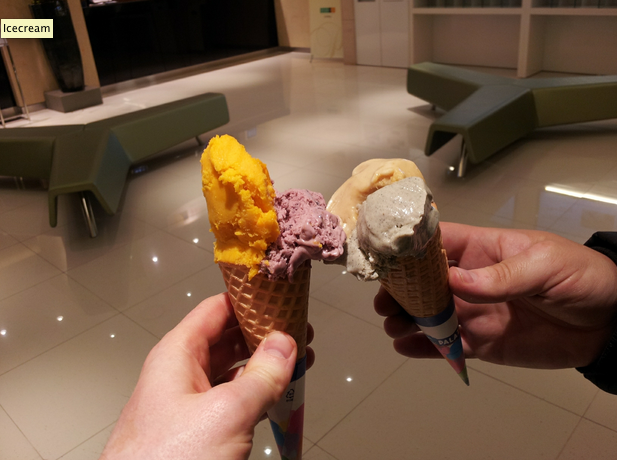
In Südkorea gibt es nicht nur leckere Gerichte in Restaurants, sondern auch viele verschiedene Eisläden die diverse Eissorten anbieten. Vor ein paar Tagen zum Beispiel waren wir im Hyundai Department Store, im 9. Stock. Dort befand sich eine Eisdiele bei der es neben den üblichen sorten wie Schoko, Vanille und Erdbeer auch interessante Kreationen wie “Käsekuchen”, “Kürbis”, “Schwarzer Reis”, “Grösteter Sesam” und “Grüner Tee” gab.
Wir haben die Sorten Reis, Sesam, Kürbis und Tiramisu probiert.
Erstere schmeckte wirklich nach Reis, ziemlich süß, wie milchreis, aber ein guter Geschmack. Sesam war wohl die beste der vier Sorten. Ich liebe Sesam. Und deswegen schmeckte mir diese Sorte auch sehr gut. Das Kürbis-Eis dagegen war nicht so mein Fall. Es war zu bröckelig und schmeckte nicht wirklich wie man sich Eiskrem vorstellt. Etwas mehr Sahne hätte der Sorte wohl gut getan. Tiramisu kannte ich schon, lecker, aber nicht umwerfend. Natürlich nicht vergleichbar mit einer frischen selbstgemachten Tiramisu.
Quelle:
Quelle: Vielen Dank an Hauke vom Korea Blog für seien tollen Eis Crem Test.
Mehr findet Ihr in seinem Korea-Blog: http://haukino.chrizz.biz/
http://haukino.chrizz.biz/2012/01/09/korea/ungewohnliche-eissorten/

